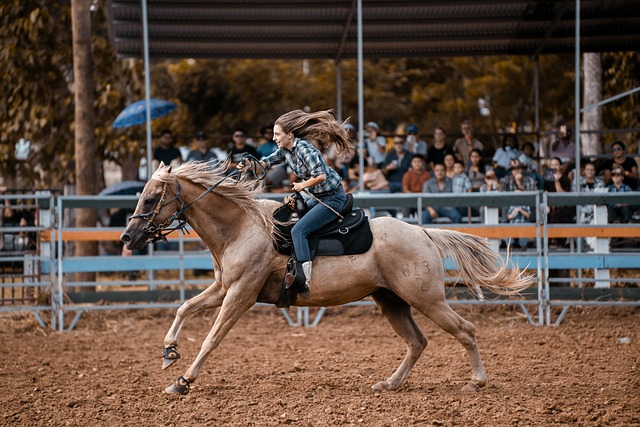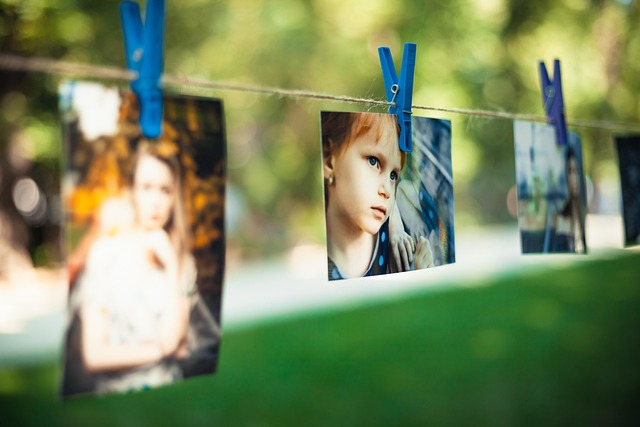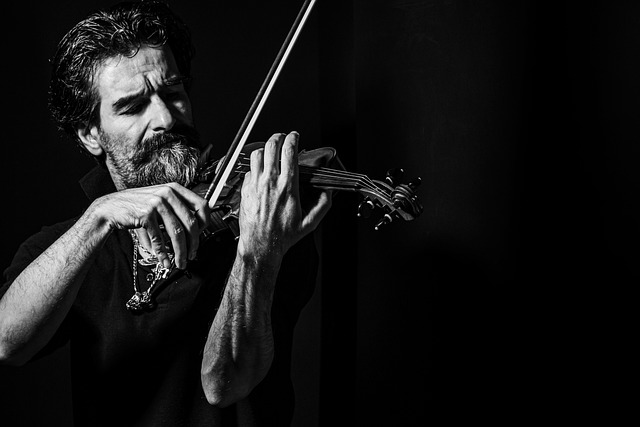Remember gathering around, the whir of the projector, and images appearing one by one, painting a picture not just with light, but with a sense of shared experience? That’s the magic of the slide show, a format that, while perhaps less common digitally, still holds a powerful resonance, particularly when applied to the rich tapestry of fine arts and culture.
Photography is our window into the world, capturing fleeting moments, grand vistas, and intricate details. When focusing our lens on fine arts and culture – be it the brushstrokes on a canvas, the performance of a dance, the architecture of a historic building, or the rituals of a community – we are documenting beauty, history, and human expression. Each photograph is a statement, a captured breath of life.
But individual photographs, however stunning, often tell only part of the story. This is where the art of the slide show comes in. It transforms a collection of static images into a dynamic narrative. By carefully selecting, sequencing, and pacing photographs related to a specific art form, cultural event, or historical period, we create a curated journey for the viewer. It’s no longer just looking at pictures; it’s experiencing a flow, understanding connections, and feeling the depth of the subject matter.
Creating a slide show dedicated to fine arts and culture is an artistic process in itself. It requires more than just technical skill in photography. It demands an understanding of the subject, a vision for the presentation, and an eye for pacing. Which images should lead? How do they transition? Should music accompany them, and if so, what kind? The choices made elevate the presentation from a simple viewing of photos to an immersive experience that can evoke emotion, provoke thought, and deepen appreciation for the arts and cultures being showcased.
Through a thoughtfully constructed slide show, we don’t just show a gallery opening; we convey the atmosphere, the passion of the artists, the reactions of the patrons. We don’t just show traditional dancers; we reveal the energy of the performance, the detail of the costumes, the spirit of the tradition passed down through generations. It becomes a powerful tool for education, preservation, and shared wonder, bringing the vibrant world of fine arts and culture to life in a way that feels both personal and profound.




